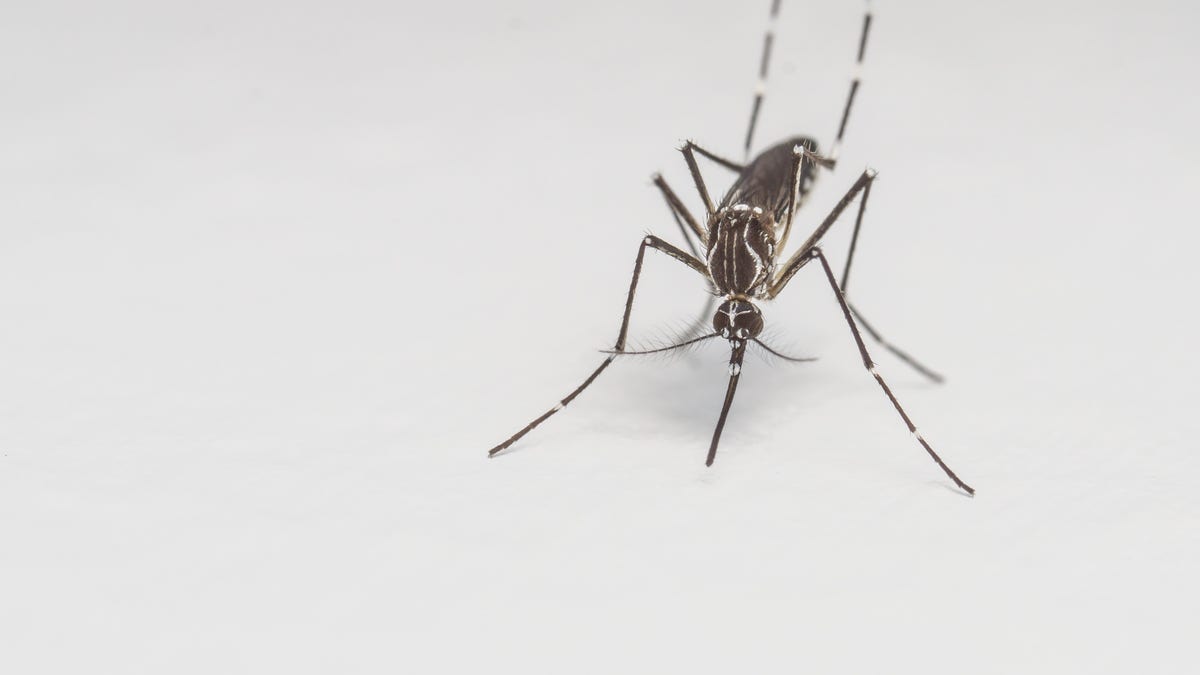
From Teen Vogue (Getty Images)
This summer, Zika was among our top worries. As the disease spread rapidly first in Central and South America and then here in the U.S., everyone was stocking up on bug spray and swatting any buzzing insects nearby. Zika was not the first mosquito-borne illness to cause a panic, though, and scientists want us to know it won't be the last.
The Scientific American reports researchers have their eyes on four insect-carried illnesses that they suspect could wreak havoc in the near future just like Zika did this summer. While these are just best guesses and nothing is for sure, scientists are keeping watch on Mayaro, Rift Valley Fever, Crimean-Congo Hemorrhagic Fever, and Usutu as the next insect-borne diseases that could break out on a large scale.
Mayaro is a disease very similar to the mosquito-borne disease chikungunya, causing symptoms that are pretty hard to tell apart. Both diseases cause serious fever, muscle aches and joint pain. Those similarities could be why Mayaro becomes a big issue, according to the Scientific American. Since chikungunya adapted to be carried by urban dwelling mosquitos, Mayaro could too.
According to the Centers for Disease Control, Rift Valley Fever is most common among livestock, but it sometimes becomes an issue for humans too. The mosquito-borne illness can cause a quick mild sickness marked by fever, weakness and dizziness, but Rift Valley Fever can develop into something more serious. Occasionally, the disease causes eye disease, hemorrhaging and brain inflammation that lead to death. The reason scientists are worried about this illness, the Scientific American reports, is it can be carried by a whole bunch of different mosquitoes. Other illnesses, like Zika, are confined to specific mosquito species.
More From Teen Vogue
Crimean-Congo Hemorrhagic Fever is a serious disease from which up to 40% of people who get it die, according to the World Health Organization. Ticks and livestock are responsible for the majority of human cases, but humans can also transmit the disease to each other. Symptoms include fever, aches, dizziness, neck pain, bleeding almost anywhere in the body and more. According to the Scientific American, the good news about this disease is that it's mostly spread by ticks, and tick borne illnesses are spread more slowly than mosquito borne ones. What could cause a real problem is the rate of death from the disease.
Like Mayaro, Usutu is a copycat of another mosquito borne illness. Cases of Usutu look very similar to West Nile Virus, including headaches, fever and neurological issues, but seemingly more mild. According to the Scientific American most cases of Usutu end without any symptoms at all. The issue here is Usutu, a disease common in birds, is carried by the very common Culex mosquito and has seen a boom in Europe this summer. Because of climate change, scientists worry Usutu could become more common in both birds and humans.
Again, these diseases aren't definitely going to spread like wildfire, but the issue is they could. This is just another reason to be diligent with the bug spray.
